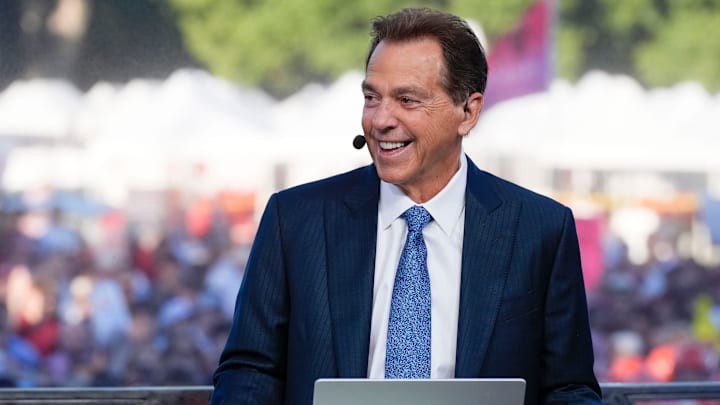Nick Saban isn’t surprised by the wave of in-season coaching firings happening across the country. With nine head coaches already let go this season, six from Power 4 programs, Saban believes this trend is a direct result of the name, image, and likeness (NIL) era. According to him, the influx of donor money has led to increased pressure on athletic departments from people who now feel entitled to have a voice in major decisions.
"“You know, I’m not [surprised] because everybody’s raising money to pay players,” Saban said. “So, the people that are giving the money think they have a voice and they’re just like a bunch of fans.” "Nick Saban
That fan-like influence, he said, often turns into frustration, which leads to pressure on athletic directors to act which usually ends up with firing coaches.
The Evidence: Coaching Changes and Buyouts
The numbers back up Saban’s concern. This season’s in-season firings mark one of the most volatile in recent memory. High-dollar contracts, donor involvement, and the expectation for instant success have combined to create an environment where patience is rare. Saban believes that donor pressure, not just on performance but on how programs are run, is a key reason for these early exits.
He also warned that the ripple effects extend beyond the coaching staff. With players expecting NIL opportunities and results right away, and boosters demanding returns on their investments, the traditional approach to team building and development is under siege.
Is Saban Right or Wrong? Analyzing His Argument
Saban’s core argument is that money has shifted the balance of power, and he's not wrong. When donors contribute millions toward NIL funds and facilities, it’s no surprise they expect a say in how things are run. But Saban’s concern is that their influence often overrides the decisions of the coaching and personnel staff, the people who are actually trained to lead programs.
On the other hand, it’s fair to ask: if you're investing money into a football program, shouldn’t you expect accountability? That’s a valid point, but when that accountability comes in the form of demanding firings or interfering in roster decisions, it creates instability that can do more harm than good.
Could Donors Have a Say? The Investor Perspective
From the perspective of a major donor, it’s understandable to want input. These are people who care deeply about the program and often fund the very things that keep it competitive. But Saban’s warning is about boundaries. When too many people are involved in football decisions, chaos follows. Programs start making short-term moves to satisfy outside voices, rather than building for sustained success.
This raises the question of how programs can protect their structure while still embracing financial support. The solution likely isn’t to shut donors out but to set clear expectations about their role and where it ends.
Systemic Changes Are Needed
Saban has long been vocal about the unintended consequences of the NIL era. He supports players getting paid and improving their quality of life, but believes the current model has too many loopholes. He’s pushing for a system that balances player compensation with development, education, and program stability.
Until that structure is created, Saban expects coaching turnover and donor interference to remain part of the landscape. The sport, as he sees it, is losing focus on what built college football: player growth, team culture, and long-term vision.
Final Thoughts
Nick Saban is raising an important alarm. The NIL era has transformed college football, and not all of it for the better. His take is simple: when people with money start demanding control, the integrity of a program can suffer. Players deserve compensation, but unchecked influence from the outside risks undermining what makes college football special. There's been a ton of firings mid-season so far and this could lead to even more trickle down as the season concludes. Expect fireworks this offseason.
The real challenge moving forward is finding balance. Schools must figure out how to embrace the financial realities of modern college football without letting those realities dictate every decision. Until then, expect the trend of high-profile firings and program instability to continue
